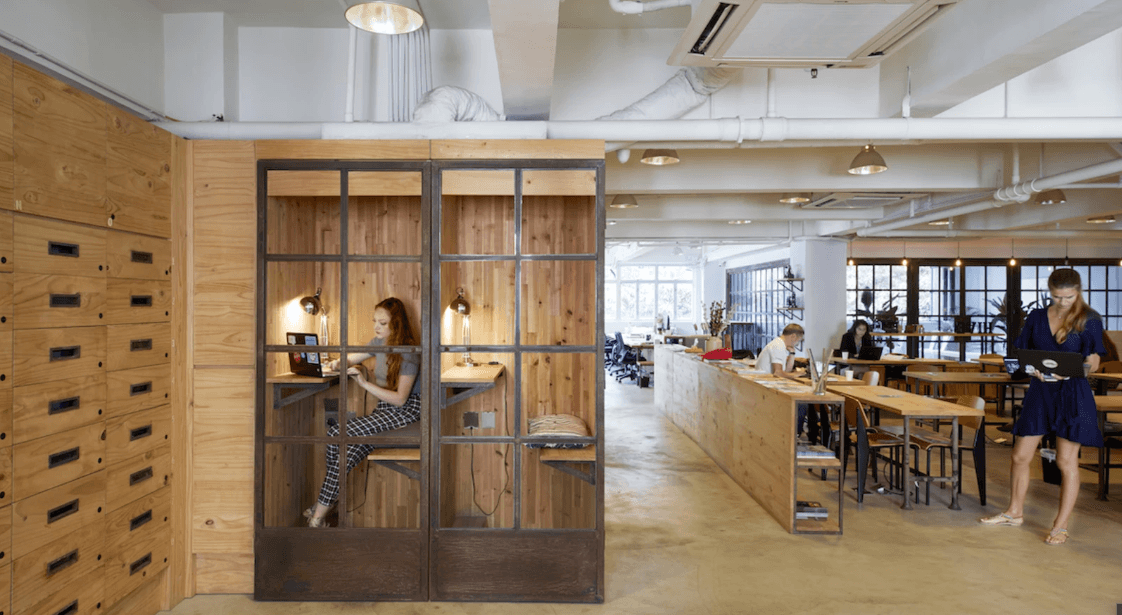The smell of fresh concrete still lingers in Kowloon East’s revitalized industrial zone, where I recently negotiated a lease for a mixed-reality startup requiring 10-gigabit fiber lines through 1940s-era brick walls. This collision of old and new encapsulates Hong Kong’s commercial real estate revolution – one where landlords aren’t just renting space, but actively shaping the infrastructure for augmented tomorrows.
The Kowloon Crucible: Where Factories Become Innovation Labs
Five years ago, our firm took a calculated risk on a derelict Kwun Tong manufacturing facility. Today, its 300,000 sq ft house three AR lens manufacturers, a holographic display startup, and Asia’s first mixed-reality film studio. The retrofit wasn’t glamorous – we spent six months reinforcing floors to handle 2-ton motion capture rigs and installing military-grade EMI shielding. As CBRE’s 2025 valuation report confirms, such tech-ready spaces now command 18-22% rental premiums over standard Grade A offices.
What they don’t teach in property courses:
- Power Politics: AR developers consume 3.2x more energy per square foot than traditional tenants (SHKP Sustainability Report, 2023)
- Acoustic Alchemy: Soundproofing MR collaboration spaces requires composite materials originally designed for symphony halls
- Insurance Minefields: One client’s experimental haptic floor flooded three floors below – a HK$4.7M lesson in liability clauses
Case Study: The Hung Hom Hybrid Experiment
When Swire Properties launched their Orbstellar Metaspace in 2022, we collaborated on a radical concept: blending luxury retail with MR development. The ground floor’s AR-enhanced storefronts (rental: HK$210/sq ft) directly subsidize upper-floor R&D labs (HK$145/sq ft). This cross-subsidy model has since been replicated across six properties, proving that tech tenants enhance rather than displace traditional lessees.
The breakthrough came when a jewelry tenant used their neighbor’s AR platform to create virtual try-ons, boosting footfall 37% – tangible proof that proximity drives innovation.
Northern Metropolis: Blueprint vs Reality
The government’s much-touted tech corridor faces growing pains. Last quarter, I advised on a 12-acre parcel where planners envisioned orderly tech campuses. Tenants demanded:
- Raw shell spaces for rapid prototyping (78% of respondents)
- 24/7 cross-border freight access (critical for Shenzhen hardware partners)
- Shared testing labs with bulk equipment purchases
Our compromise? A “sandbox zone” with temporary structures and flexible leases – think tech squatting meets five-star infrastructure. Early results show 40% faster lease-up rates compared to conventional tech parks.
The Talent Equation
Hong Kong’s property managers are retooling faster than buildings. At Hong Yip’s AR training center, I recently watched a 60-year-old superintendent troubleshoot a virtual elevator outage using Microsoft HoloLens. Such upskilling isn’t optional – our internal data shows tech-fluent property teams reduce tenant churn by 29%.
Survival Toolkit for Landlords
- Infrastructure Partnerships: Co-invest with power companies on substation upgrades – our JV with CLP Power delivered 18-month ROI through tenant surcharges
- Flex-Zoning: Designate 15% of space for pop-up labs, charging tech startups 20% below market for 6-month terms
- Ecosystem Curation: We now employ full-time “tech matchmakers” to broker collaborations between tenants
Visualization: Table comparing retrofit costs vs. rental premiums in Hong Kong’s AR/MR districts (2023-2025)
| District | Avg. Retrofit Cost (HK$/sq ft) | Rental Premium vs. Peers |
| Kowloon East | 1,850 | +22% |
| Wong Chuk Hang | 2,120 | +18% |
| Tsuen Wan | 1,430 | +9% |
